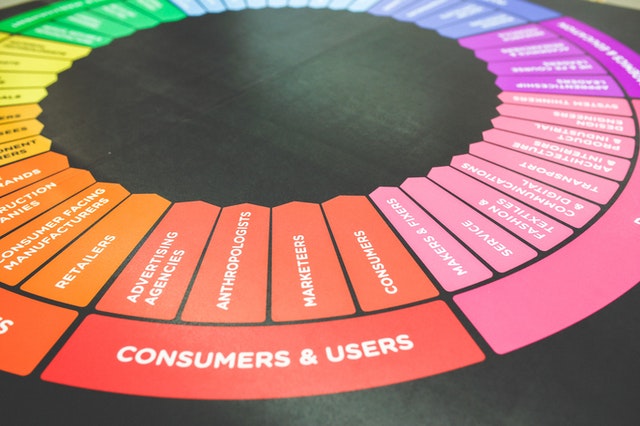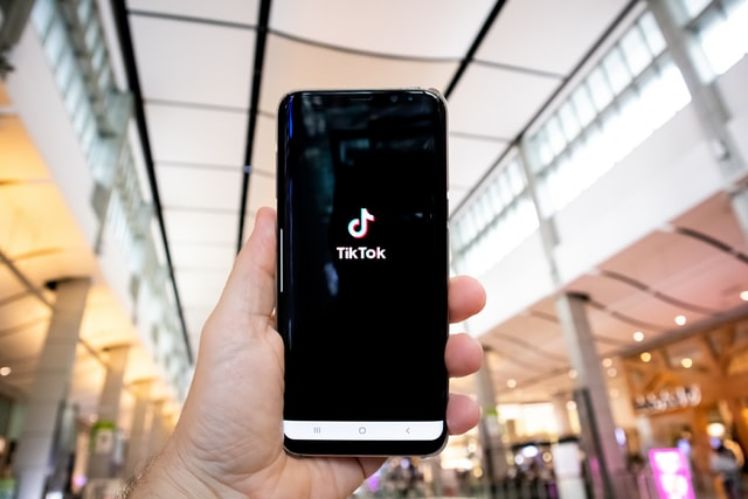Territorial marketing, also called city marketing, is a concept that deals with the territory as a product.
It has some characteristics that differentiate it from other strategies to the ones we are more familiar with.
These differences when compared to traditional marketing are very interesting. Some of them are to focus on economic profitability but always based on ethical and sustainable practices that promote the growth, social and environmental wellbeing of the area in which it operates.
Index
- What is territorial marketing?
- For what purpose is territorial marketing used?
- Factors that influence territorial marketing
- Territorial marketing and tourism
What is territorial marketing?
It is a marketing field aimed at designing local development actions in municipalities, cities or regions that provide value for the area in which they are located.
This value can stem from different areas, e.g. geography, climate, history, culture, etc.
In this new conception, a given territory is taken as a competitive product that can be differentiated and profitable.
? You might be interested in: What is Neuromarketing and How to Apply it in a Company?
To achieve these objectives, marketing connects supply with demand and focuses on creating relationships between the two parties.
In this case, the supply would be the territory itself and the demand would range from citizens, institutions, local businesses, external investors, non-resident owners, transient and long-stay visitors, among others.
Essentially, it is responsible for developing strategic plans to promote specific areas of interest, while improving the quality of life of the people who live there. Its actions are based on a sustainable context, which includes taking into account social welfare and environmental conservation.
When we refer to the strategies carried out by territorial marketing, we talk about actions based on:
- Integrated resource management
- Promoting economic development
- Working towards social welfare and social cohesion
- Defining environmental protection and management strategies
- Encouraging citizen participation
For a territorial marketing plan to be effective, the plan to be implemented must be dynamic and evolve over time, since the product it deals with, the territory, has a temporal dimension that needs constant adjustments.

For what purpose is territorial marketing used?
Thanks to its multidisciplinary approach, it is able to position a territory on a national and international level, projecting a strong and attractive image to the world.
To achieve differentiation and recognition, it is based on the competitive advantages that its area of action possesses. It requires branding work, defining the type of the desired positioning, projecting an image of quality, and proclaiming a brand purpose.
Among the benefits obtained with territorial marketing, we can highlight tourism development and the generation of wealth for the local economy, for example, by seeking external investment in the territory.
This urban marketing favours the evolution of the material and immaterial factors of an environment, in order to ensure that its capacity to attract and maintain interest does not wane while always aiming for sustainable development.
As a real example, we have the territorial marketing plan carried out in the Principality of Asturias in 2020.
The strategic plan involves the entire Asturian tourism sector, both public and private, and three strategic lines are defined:
- Strengthening, specialisation, and consolidation of the tourism products that headline the brand.
- Definition of the promotion plan with a clear product-demand focus, taking into account the segmentation of target audiences and priority markets.
- Optimisation of marketing channels to attract target audiences.
The result is a roadmap that serves as a driving force for socio-economic and cultural development, with the capacity to diversify the economy, generate wealth, create new jobs, encourage population growth in rural areas and promote the value of their natural and cultural heritage.
Factors that influence territorial marketing
It is not possible to create a viable and successful territorial marketing strategy without taking into account the factors that influence a region. We must take into account the cultural elements that define the identity of a particular society (language, way of relating to each other, its values and customs).
Nor can we ignore the socio-economic factor, for which various indicators such as Gross Domestic Product (GDP) or Domestic Product per capita will be used.
✏️ Recommended article: Motion Design: The Latest Trend in App and Website Design
Other influencing variables include demographics, geography, political, and even technological factors.
All levels of influence for an area must be taken into account when setting up an action plan in order to make it efficient.

Territorial marketing and tourism
Tourism marketing and territorial marketing should not be confused, as the latter does not only use a holiday or tourism approach but acts on the territory as a transforming element.
In order to achieve the objectives of sustainable growth, development and marketing plan are needed in addition to a tourism plan to achieve these objectives.
In order to increase the attractiveness of an area and reach the general public, territorial marketing uses applications that generate interactions between the user and the environment and help to increase its added value. Some examples are:
- Maps and geolocation to find and consult locations of interest quickly and easily.
- City guides and fact sheets where experiences and comments from other users can be presented, as well as valuable information that meets the needs and expectations of visitors.
- Interactive calendar of events and news. Promotes cultural activities, news about the area in real-time and allows this information to be shared through other channels such as social networks.
- Ticket sales for events, museums or places of interest. Saves printing costs and facilitates usage. It allows the creation of loyalty circuits with which to reward the most loyal users, for example through discounts or exclusive activities for them.
? Related article: Is Augmented Reality (AR) the Future of Social Media Apps?
Conclusion
Territorial marketing combines and coordinates the efforts of public territorial policy and administration in its planning and action plans to provide quality services for residents, public employees, tourists, and national and international investors.
Its main objectives are to achieve not only improvements in the services offered, but also to function as a driving force for the social, economic, and environmental well-being of the area in which it operates.
After being subjected to a territorial marketing program, a given region will be able to grow in a responsible and sustainable way over time. The benefits for investors and inhabitants will go hand in hand with environmental wellbeing.
These actions will always be carried out in the long term because they involve different aspects (social, economic, cultural, and environmental) that need time to change and coordinate and to create a harmonious growth system, where all elements benefit.
If you are interested in creating an application focused on territorial marketing, you have a project or you need us to give you a hand, tell us briefly what you need. We will be happy to help you.












